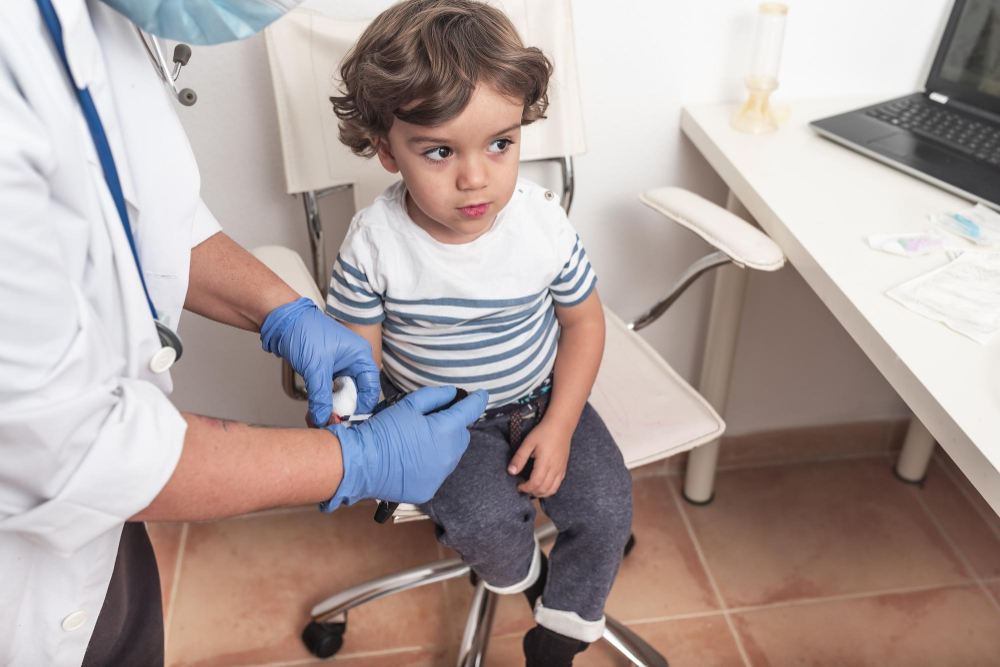What is Phimosis?
Phimosis in children is a condition where the foreskin of the penis cannot be pulled back over the tip. This is common in young boys. In fact, most boys are born with a tight foreskin. Usually, it loosens on its own as they grow. However, sometimes the foreskin stays tight and may cause problems. For many parents, this can be a source of worry. But, it is important to know that phimosis is often normal in children under five years old.
Symptoms of Phimosis in Children
Many children with phimosis do not have any symptoms. Yet, some signs may appear if the foreskin is too tight. Watch for these symptoms:
Sometimes, there may also be a white, thick discharge called smegma. This is normal and not a sign of infection.
Causes and Risk Factors
Phimosis in children can happen for several reasons. Most often, it is simply a part of normal development. However, other causes include:
In rare cases, certain skin conditions can also cause phimosis. For example, lichen sclerosus may lead to scarring and tightness.
Diagnosis: How is Phimosis Identified?
Doctors usually diagnose phimosis in children by doing a simple physical exam. They will look at the foreskin and ask about any symptoms. Often, no special tests are needed. However, if there are signs of infection or other problems, the doctor may suggest urine tests. In some cases, your child may be referred to a specialist, such as a pediatric urologist.
Treatment Options for Phimosis
Most cases of phimosis in children do not need treatment. The foreskin often loosens naturally with time. But, if your child has pain, infections, or trouble urinating, treatment may be needed. Options include:
Doctors usually try creams and stretching before surgery. Surgery is only considered if other treatments do not work.
Home Care and Lifestyle Tips
There are simple steps you can take at home to help your child:
Additionally, always follow your doctor’s advice about creams or exercises. Never use harsh soaps or chemicals on the area.
Prevention and When to See a Doctor
Phimosis in children is often not preventable, as it is a normal part of growth. However, you can lower the risk of problems by practicing good hygiene. Also, avoid pulling the foreskin back forcefully. See a doctor if your child has:
Early medical advice can help prevent complications. In the US, UK, India, and many other countries, pediatricians are trained to help with foreskin issues in boys.
If you have concerns about phimosis in children, consult a pediatric urologist for personalized advice about your child’s health.

